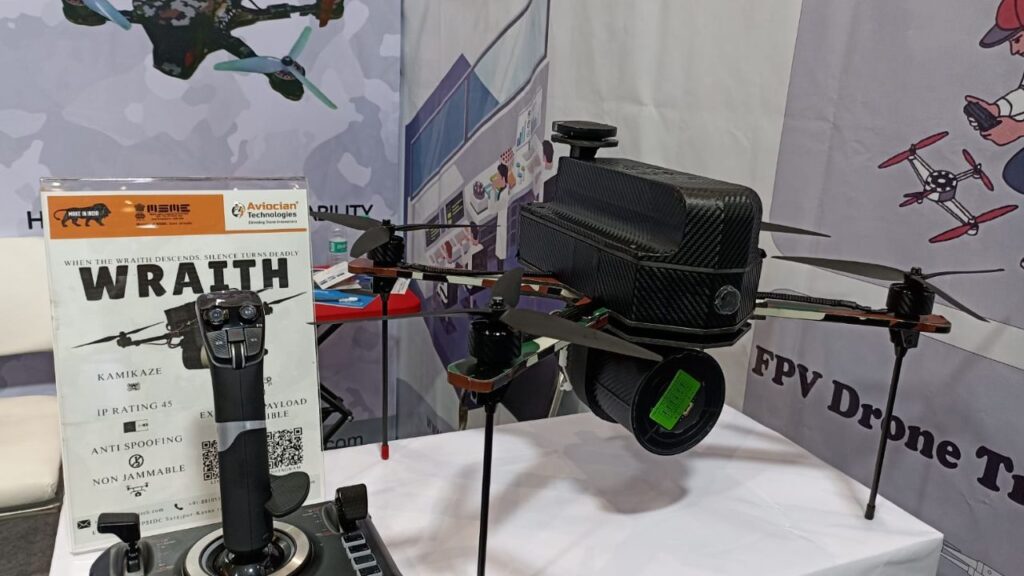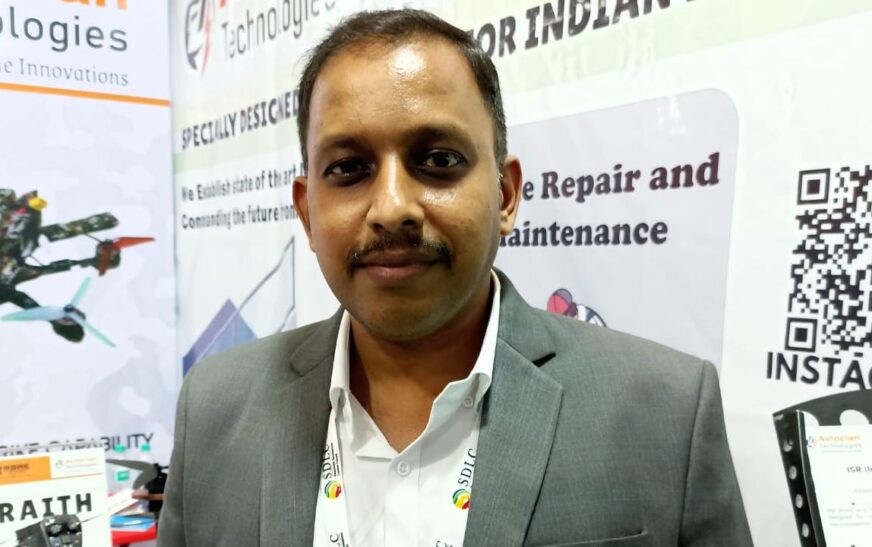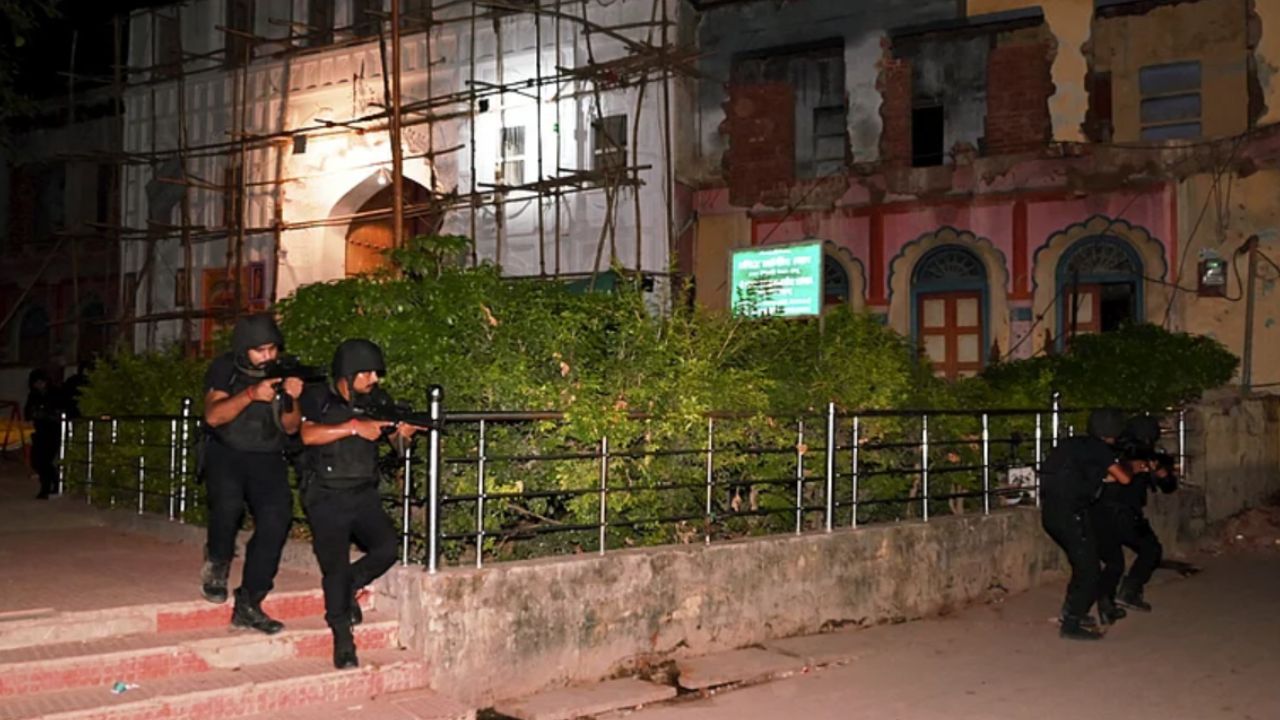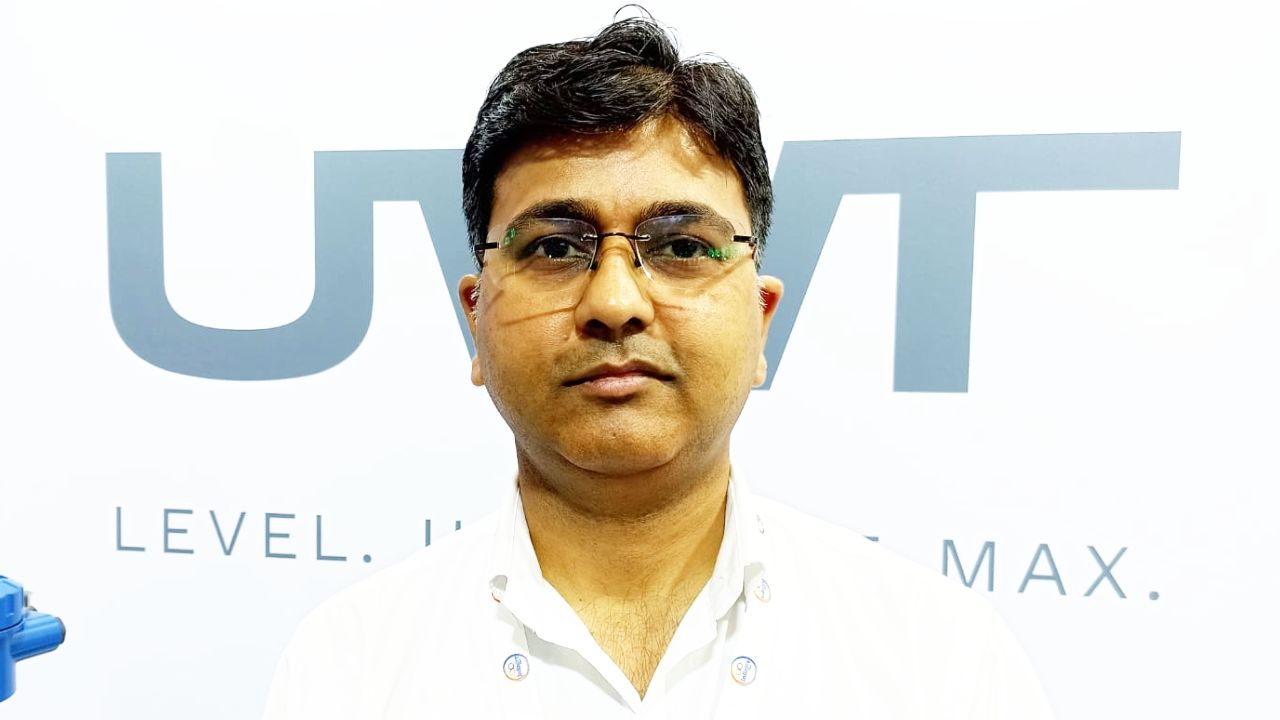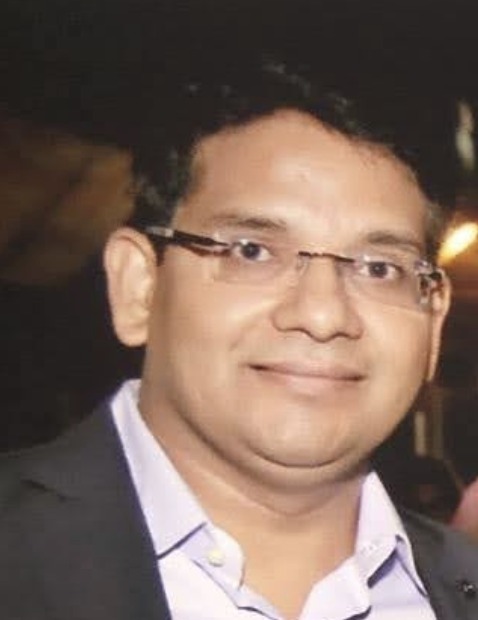Aviocian Technologies Private Limited, founded in 2018 and headquartered in New Delhi, is at the forefront of transforming India’s drone technology landscape. By fusing cutting-edge innovation with deep technical expertise, Aviocian is pushing the boundaries of UAV applications across education, industry, and public service.
At its foundation, Aviocian champions experiential learning. The company delivers state-of-the-art training programs in drone technology, CubeSat development, and 3D printing—equipping both students and professionals with future-ready skills. Significantly, Aviocian partners with educational institutions to establish advanced drone laboratories that double as interdisciplinary research hubs, fostering innovation and translating theoretical knowledge into real-world impact.
But Aviocian’s influence extends well beyond classrooms. The company offers DGCA-compliant UAV pilot certification, opening doors to high-growth careers in the rapidly expanding drone ecosystem. Moreover, it deploys drone-powered services across a broad range of sectors—including agriculture, infrastructure, energy, land surveying, and wildlife conservation. With capabilities like thermal imaging, precision mapping, and 3D terrain modelling, Aviocian delivers actionable insights that drive efficiency and sustainability.
Fuelled by a dynamic team of engineers and technologists, Aviocian invests heavily in R&D to build scalable and impactful solutions. Its integrated approach—blending technology, education, and enterprise—positions the company as a key contributor to India’s technological advancement and capacity-building mission.
In an exclusive conversation with The Interview World at the 5th AeroDef India Manufacturing Exhibition & Conference, A.J. Arun Jeya Prakash, Director and CEO of Aviocian Technologies, offered an in-depth look into the company’s core drone solutions for the defence sector. He discussed the target and payload capabilities of Aviocian’s UAVs, revealed forward-looking innovations planned over the next five to ten years, and shared insights into the future of autonomous drone technology.
Here are the key takeaways from his visionary conversation.
Q: What are the core solutions and technologies that Aviocian Technologies offers to enhance capabilities in the defence sector?
A: Aviocian Technologies stands at the vanguard of drone innovation, developing next-generation UAV systems tailored for India’s defence sector. Based in Greater Noida, the company specializes in the design and manufacturing of advanced drones for both commercial and military applications.
Marking a significant milestone, Aviocian makes its debut at this defence expo—unveiling its first lineup of drones built exclusively for defence operations. At the company’s stall, three distinct UAV models are on display, each engineered to meet the critical demands of modern warfare.
A core focus of these drones lies in ISR—Intelligence, Surveillance, and Reconnaissance missions. Designed for high-precision aerial surveillance, these UAVs capture real-time video intelligence to monitor enemy movement and enhance battlefield situational awareness.
Among the standout innovations is Aviocian’s kamikaze drone—an unmanned system capable of carrying and deploying a missile payload to neutralize enemy targets with surgical accuracy. What sets this drone apart is its unique non-jammable communication system. Equipped with a fibre optic tether, the drone remains continuously connected to the ground control station, similar to a kite held by an unbreakable string. This tethered link extends up to three kilometers, ensuring uninterrupted, secure communication that adversaries cannot jam.
This technological edge gives defence forces a critical advantage in hostile environments, where secure and reliable control is paramount.
At Aviocian, the mission is clear: to engineer robust, mission-ready UAVs that empower India’s defence forces and reinforce national security. These innovations are not only strategic assets but also a testament to the company’s commitment to indigenous, future-focused defence technology.
Q: What is the target acquisition and strike accuracy of your drones under operational conditions?
A: The drone is equipped with a front-view camera that streams live video directly to the ground station. This real-time feed enables operators to maintain clear visual awareness of the drone’s surroundings. As a result, they can guide the drone with precision, steer it accurately toward the target, and execute a strike with exact timing.
This capability forms the core of the application. Naturally, the accuracy hinges on the quality and stability of the live video transmission. Low latency plays a critical role—it ensures minimal delay between what the drone captures and what the ground station receives. With high-resolution streaming and near-zero latency, the system can deliver exceptional targeting precision, fully aligned with modern defence requirements.
Q: What is the maximum payload capacity of these drones, and how does it vary based on mission requirements?
A: Our drones boast a payload capacity ranging from 500 to 800 grams. This significant capacity is ideal for defence applications, enabling it to deliver substantial impact. With such payload, the drone can inflict severe damage on enemy targets, enhancing its lethality in the field.
Q: What key innovations or technological advancements are you planning to integrate into your existing drone platforms over the next 5 to 10 years?
A: We are currently developing a GPS-denied navigation system. We have already successfully implemented indoor GPS positioning, allowing the drone to maintain a stable position without the need for satellite signals. In the event of any disturbances, the drone can automatically return to its original position, demonstrating robust GPS-denied capabilities.
Looking ahead, we are working to integrate artificial intelligence into the drone. This will enable autonomous object tracking, allowing the drone to identify and follow targets, such as people, on its own. With AI-driven control, the drone will adjust its movements based on the target’s position, paving the way for enhanced operational autonomy in the near future.
Q: Are there plans to develop fully autonomous drones capable of operating without human intervention or remote piloting?
A: The drone is equipped with GPS functionality, allowing it to navigate predefined coordinates with precision. This enables the drone to accurately strike any designated target, ensuring reliable and exact execution. In essence, our drones can execute mission in an automated fashion.
